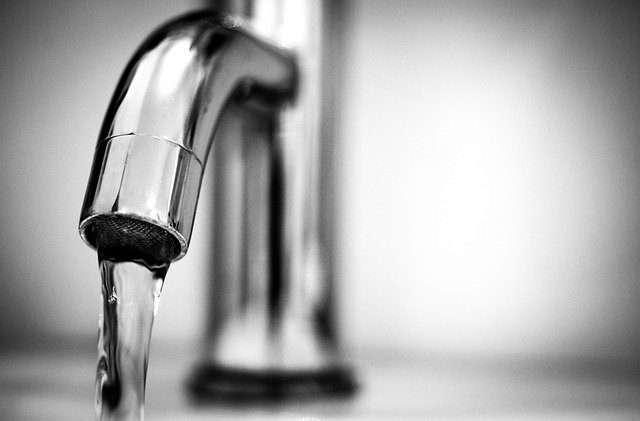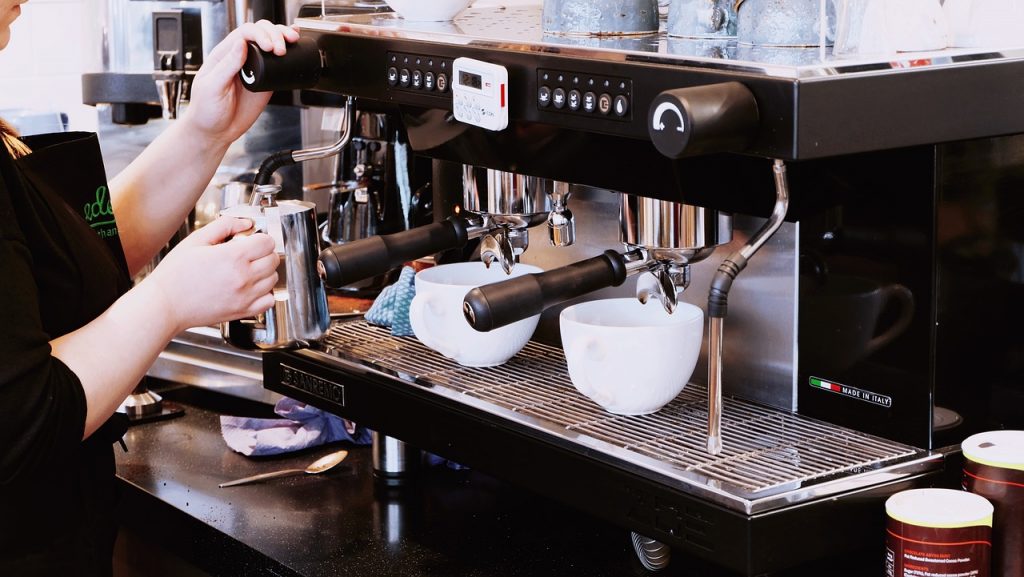I know what you are thinking: isn’t this the article to tell How to clean a coffee maker with bleach? Yes, but it is also important to let you know why bleach is not the safest method of cleaning.
Bleach is often used in industrial and commercial settings, but it takes so much time and safety precautions to avoid leaving any residue in the next brew.

If you still need to use bleach on your drip coffee maker and want to know, “How to clean a coffee maker with bleach?” Read our article. Just remember, bleach is slow, dangerous, has overkill on bacteria, and can hold minerals. Be careful when using bleach to clean the coffee maker.
How often does a coffee maker need descaling?
How often a coffee machine needs descaling depends entirely on the water conditions in your home. If you have really soft water, you probably never need it. For most of us, cleaning a brew maker once in 1-3 months can be better.
Is Undiluted Bleach Safe to Use for Coffee Maker Cleaning?
It is completely unsafe to use undiluted bleach to clean your coffee maker. Not only is it unsafe, but using diluted bleach is clearly unsafe. You should not use bleach to clean a coffee maker unless you have specific training, proper tools, and safety precautions, and a good grasp of the chemistry in the workplace.

Bleach is a chemical compound that is harsh and can be harmful to your health so that any residue leftover can be dangerous to you. Take some precautions when using bleach in your coffee machine.
Read: Everything You Need to Know About Brazilian Coffee
Always make sure that the bleach and water mixture is completely drained from the machine otherwise the next time you make it will mix into your coffee. The inside of the coffee maker cannot be completely dried and there may be a residue of bleach left in it so you can use a hot dryer to dry it inside.
How to Clean a Coffee Maker with Bleach?
Bleach is a chemical compound that can irritate the eyes and nose, so it is best to sit in an open room or in the open air when using bleach. However, this article will guide you to learn “How to clean a coffee maker with bleach?”.
Step 1: Mix bleach with water
Never pour only bleach in a coffee maker. First, always mix it with water. Add a small amount (1 teaspoon) to plenty of water (1 gallon). This formula is very important to be right! Do not add more bleach than this.
As soon as you do this, make sure you are in a well-ventilated area. The fumes in bleach are caustic and can damage your eyes, lungs, and skin if in contact.
Step 2: Ride a full cycle on the coffee maker
Pour your bleach into the water reservoir and let it run completely through the coffee maker. Fill the coffee pot with the mixture to completely clean the pot.
Step 3: Pour the liquid out of the coffee pot
Immediately after filling the coffee pot, turn off the coffee maker and pour out the mixture from the pot. You want to turn off the coffee maker because you want to reduce the amount of bleach mixture hitting the heating plate.
Step 4: Repeat and use all bleach water
You need to run an entire gallon of water through the system. This will take some more runs depending on your drip coffee maker model. Be sure to run into all of this and do not leave your coffee maker neglected – if someone else went to use it and you did not know you were bleaching through it, they would get very sick!
Step 5: Rinse with warm water
Get a clean gallon of hot or lukewarm water and run it through your coffee machine. Repeat this until you run 5 fresh gallons of hot water through your coffee system. Yes, you need to run 5 gallons of water through the system to make sure the bleach residue is clean!
Step 6: Smell the last batch of water
The last piece of water smells, it should have no odor at all. Bleach has a different smell, so if your brew maker does not smell, it is all right. If you want to be more precise, you can test the pH level and if it is 7 then you better go.
Step 7: Air dry
Air-dry the coffee pot upside down for 1 day in the sun or for some days on the countertop. This is a difficult step! As it dries in the open air, any final deposits of bleach may turn into a solid white substance. If you see this, you need to continue the flow of freshwater through your machine.

As the editor of the blog, She curate insightful content that sparks curiosity and fosters learning. With a passion for storytelling and a keen eye for detail, she strive to bring diverse perspectives and engaging narratives to readers, ensuring every piece informs, inspires, and enriches.









